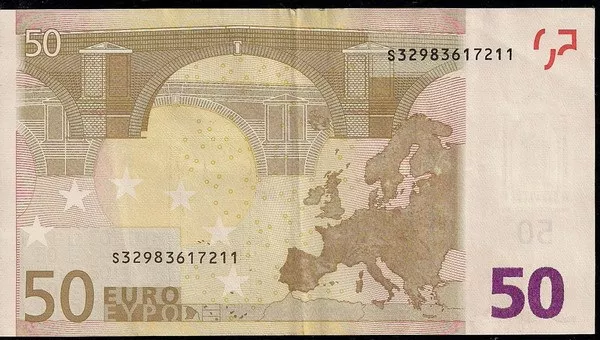The Canadian dollar (CAD) and the euro (EUR) are two of the most widely traded currencies in the world. The strength of each currency is influenced by a variety of factors such as economic growth, inflation, interest rates, political stability, and global events. In this article, we will examine how the Canadian dollar has been performing against the euro in recent years.
Overview
The Canadian dollar and the euro are both major currencies that are used extensively in international trade and investment. As of June 2023, the exchange rate between CAD and EUR is approximately 0.68 EUR for every 1 CAD. This means that one euro is worth more than one Canadian dollar.
Historically, the Canadian dollar has been viewed as a commodity currency due to the country’s large natural resource sectors such as oil, gas, and mining. In contrast, the euro is backed by a group of countries within the European Union, making it a more diversified currency.
Factors Influencing CAD/EUR Exchange Rate
There are several factors that impact the exchange rate between the Canadian dollar and the euro. Some of the key drivers of CAD/EUR exchange rate include:
1. Economic Growth: Both Canada and the European Union are major trading blocs with significant contributions to global economic growth. Strong economic growth can increase demand for a currency, leading to an appreciation of its exchange rate. However, if one of the economies performs poorly, it can lead to a depreciation of the relevant currency.
2. Interest Rates: Fluctuations in interest rates can have a significant impact on the exchange rate between the two currencies. For example, if the Canadian central bank raises interest rates, it can make the Canadian dollar more attractive to investors, leading to an appreciation of its value. Conversely, lower interest rates can lead to a depreciation of the CAD.
3. Inflation: The rate of inflation in each country is an important factor in determining the exchange rate between the two currencies. Higher inflation rates can lead to a devaluation of a currency as it reduces the purchasing power of that currency compared to others.
4. Political Stability: Changes in government policies, elections, and political instability can impact investor sentiment towards a particular currency. A stable political environment can lead to increased demand for a currency, while uncertainty can cause fluctuations in exchange rates.
Recent Performance of CAD/EUR Exchange Rate
The Canadian dollar has had a mixed performance against the euro in recent years. In 2018, the CAD/EUR exchange rate was around 0.63, but it gradually weakened over the next few years. By the end of 2021, the exchange rate had fallen to around 0.57 due to several factors such as weak oil prices, pandemic-induced slowdowns, and a strong euro.
However, things started to change in 2022, with the CAD starting to appreciate against the euro. This was partly due to the rebound in global oil prices, which is a key driver of the Canadian economy. Additionally, the Bank of Canada raised interest rates in October 2022, making the CAD more attractive to investors.
As of June 2023, the CAD/EUR exchange rate is around 0.68, which represents a significant improvement from its low point in 2021. This means that the Canadian dollar has appreciated against the euro, making it stronger in relation to the European currency.
Implications of the CAD/EUR Exchange Rate
Changes in the exchange rate between the Canadian dollar and the euro can have significant implications for businesses and individuals involved in international trade and investment. For example:
1. Exporters and Importers: Businesses that export goods or services to the European Union may benefit from a weaker Canadian dollar as it makes their products more affordable for European consumers. Conversely, importers who purchase goods from the EU may be negatively impacted by a stronger Canadian dollar as it makes their purchases more expensive.
2. Travelers: Individuals who travel between Canada and Europe may be impacted by changes in the exchange rate. A stronger CAD may make it more affordable for Canadians to travel to Europe, while a weaker CAD may make it more expensive.
3. Investors: Investors who hold assets denominated in either Canadian dollars or euros may be impacted by fluctuations in the CAD/EUR exchange rate. For example, if an investor holds euro-denominated assets and the CAD strengthens, they may experience a decrease in the value of their holdings.
Conclusion
In conclusion, the Canadian dollar has been experiencing fluctuations against the euro in recent years. The strength of each currency is influenced by various factors such as economic growth, inflation rates, interest rates, and political stability. Despite some challenges faced by the CAD in recent years, the currency has shown signs of improvement in 2022 and 2023 due to rising oil prices and increasing interest rates.


